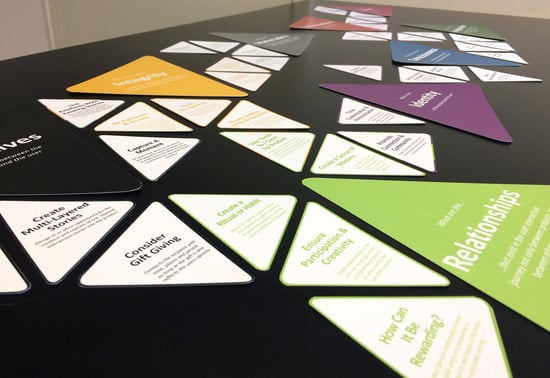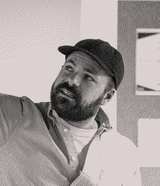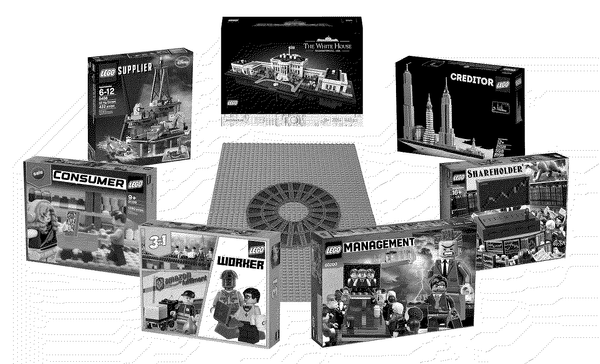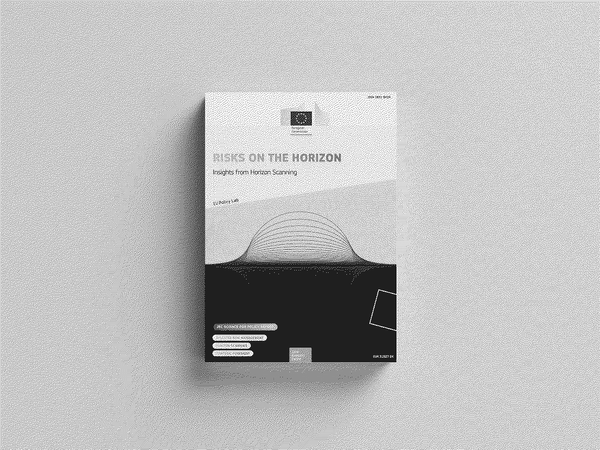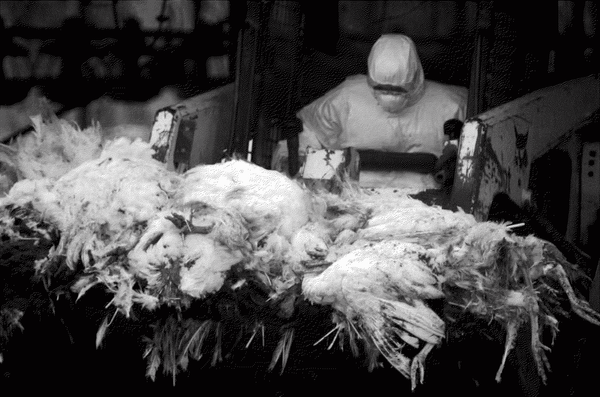Emotionally Durable Design
Building Lasting Relationships Between Users and Products
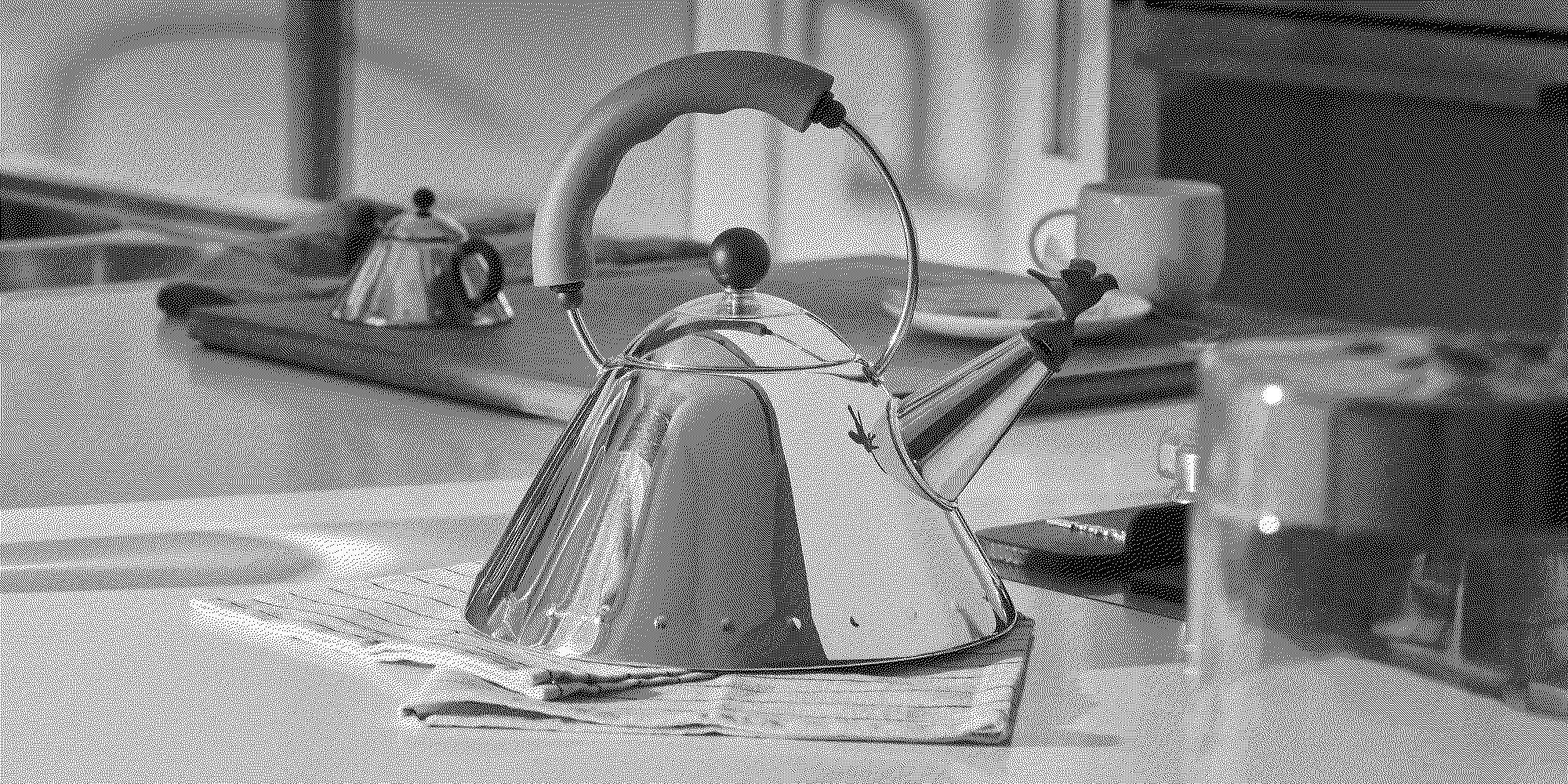
In an era of rapid consumption and frequent product replacement, the concept of Emotionally Durable Design (EDD) emerges as a solution aimed at fostering sustainability by enhancing the emotional connection between users and their products.
This approach not only seeks to reduce waste and prolong product lifespans but also encourages a more mindful and appreciative relationship with the objects we use daily. Let's explore what Emotionally Durable Design entails and its key characteristics.
What is Emotionally Durable Design?
Emotionally Durable Design focuses on creating products that forge a deep, lasting bond with users. This bond extends beyond mere functionality, engaging users emotionally and making them less likely to discard the products. The goal is to create items that remain meaningful and cherished over time, thereby reducing the frequency of replacement and consumption.
Key Characteristics of Emotionally Durable Design
Emotionally Durable Design can be distilled into five main product qualities: involvement, identity adaptation, animacy, memory evocation, and rewarding. These qualities guide designers in creating products that users are likely to keep and cherish for longer periods.
1. Involvement
Involvement refers to a product's ability to continually stimulate and engage the user through novel, interesting, and exciting functionalities or interactions. Over time, many products lose their initial appeal, leading to disuse and eventual replacement. To combat this, products should be designed to remain intriguing and engaging. For example, the temperature-sensitive wallpaper designed by Shi Yuan changes color based on heat, providing an ever-changing visual experience that maintains user interest.
2. Adaptation to User’s Identity
Products that adapt to and reflect the user's identity over time become more personal and meaningful. As people evolve, so do their tastes and preferences. Products that can adapt or evolve with the user’s changing identity can maintain relevance and significance. Rimowa suitcases, for instance, gain unique dents and stickers from their journeys, visually narrating the owner's travel experiences and making each suitcase unique and personal.
3. Animacy
Animacy, or the perception of a product having a "soul," can significantly enhance emotional attachment. Products designed with a sense of animacy appear more alive and engaging. Designer Hella Jongerius, for example, intentionally adds imperfections to mass-produced items to give them character and individuality, making them feel more alive and soulful.
4. Memory Evocation
Products that evoke personal memories or sentimental value are often retained longer. Such products serve as reminders of significant moments or periods in the user's life. While it is challenging to design new products that instantly evoke memories, incorporating elements that can accrue sentimental value over time, like the Tivoli radios which blend modern technology with nostalgic design, can be effective.
5. Rewarding
A product that provides rewarding interactions or experiences encourages a long-lasting relationship. This can involve mutual benefits, where the product rewards the user’s care and attention with continued functionality or enhanced performance. For instance, car enthusiasts who spend hours polishing their vehicles often develop a deep bond with their cars, deriving satisfaction from both the activity and the car's appearance.
Conclusion
Emotionally Durable Design offers a pathway to sustainable consumption by focusing on the emotional connections between users and their products. By designing for involvement, identity adaptation, animacy, memory evocation, and rewarding interactions, designers can create products that users cherish and retain longer.
This approach not only contributes to reducing waste but also enriches the user experience, leading to more meaningful and lasting relationships with the objects that fill our lives.
Reading



Tools
